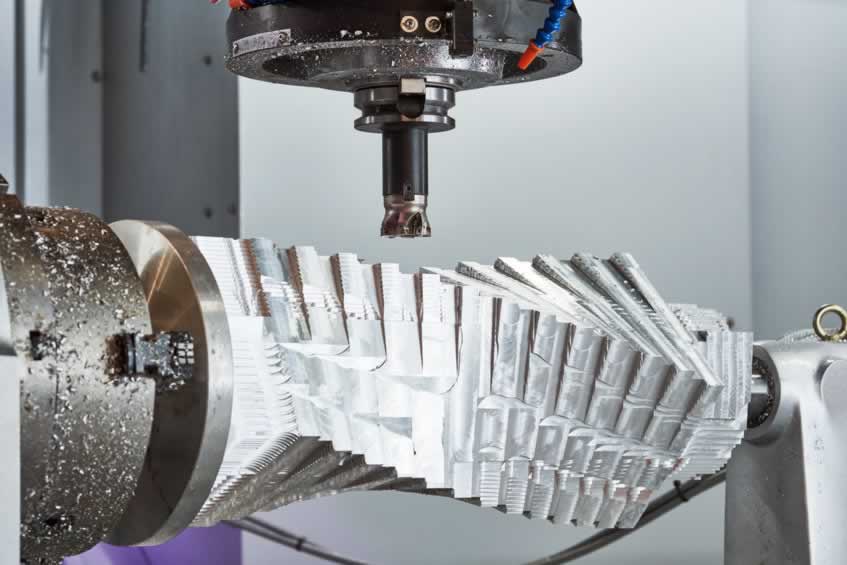
Laser and water jet cutting are two of the fastest & most accurate methods of computer numerical controlled (CNC) cutting in the sheet metal fabrication industry. Both of these cutting tools offer precision and flexibility, minimize waste and so are easily programmable with CAD/CAM or nesting software.
Both laser and water jet cutters have distinct advantages over a number of the more traditional cutting methods. They could be used with a variety of materials besides sheet metal, such as marble, glass, plastics and acrylic. They are also a lot more efficient than traditional machine tool cutting in terms of smaller orders that could be more specialized or require more detail.
Laser Cutting
Fabrication software allows a programmer to input information that may direct a cutting tool to go along a design path with the purpose of cutting out a piece or part just as it was drawn up. There is absolutely no better tool for executing the precise cutting of a programmed pattern when compared to a laser cutting machine. When combined with quality CNC laser software, lasers can perform very detailed cutting functions offering holes, slots and complex design patterns.
However, laser machines do have their limitations. When using a laser cutter, the more wattage the deeper the cutting ability. Lasers are really quick and accurate when used to cut thinner metals. However when thicker metal is used, "heat zones" can develop which will sometimes melt more sensitive metals or cause unevenness or rough spots in the material.
Therefore, https://djhillengineering.uk/best-cnc-cutting-gwent/ cutting thicker metals is impractical not only because of possible harm to the material, but because it is more costly. If heat zones or hot spots occur from overexposing the metal to the laser, extra work such as for example grinding the part may become necessary. This will increase labor and material expenses, in addition to the higher costs associated with more energy usage.
Water Jet Cutting
But not as precise as laser cutting, water jet cutting will be able to cut thicker material without causing damage. Considered an "abrasive" process, water jet cutting uses an abrasive material coupled with water in a highly concentrated stream to "erode" or break down the material being cut.
Though there may still be some sanding or finishing involved after processing a bit, water jetting tools are a lot more acceptable to be used with thicker materials along with those that are sensitive and susceptible to damage under extreme heat.
However, precautions must also be studied when cutting metal with a water jet tool. The material must be dried immediately after cutting to avoid rusting. Also, since a cut from the water jet machine isn't as even or clean as when using a laser, the edges of the cut usually need to be sanded or grinded. The piece should be "finished" so that you can smooth it out and make it ready for possible welding.
Overall, both water jet cutting and laser cutting have their advantages. Water jet cutting is often less expensive, but that also can depend on the size of the work and the thickness of the material being used. When applied to thinner, more descriptive parts from sheet metal, a variety of top-line fabrication software and a good laser cutting machine is the optimal scenario for producing quality parts quickly.
